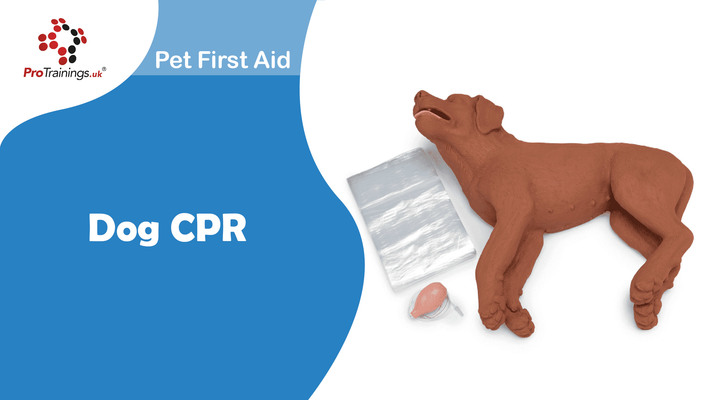Pet Instructor Skill Review Training Videos
Pet Instructor skill review to stay current with ProTrainings
Introduction to your Pet First Aid Instructor refresher course
Precautions and Safety
Pet Anatomy and Physiology
First Aid Kits and Equipment
Checking a Pets health
Pet Accidents and First Aid
Cardiopulmonary Resuscitation - CPR
Choking
Bleeding Control
Different Conditions you may see
Injuries
Illness
Parasites that affect pets
Cats
Different types and sizes of animals
Course Details
Video Playtime
8 hours and 32 minutes
Captions
English
Instructor
Keith Sleightholm
Audio
English
Ready to get started?
Pet Instructor Skill Review
8 hours and 32 minutes
English
£99.95 + VAT



























































































































-01.jpg)



















































